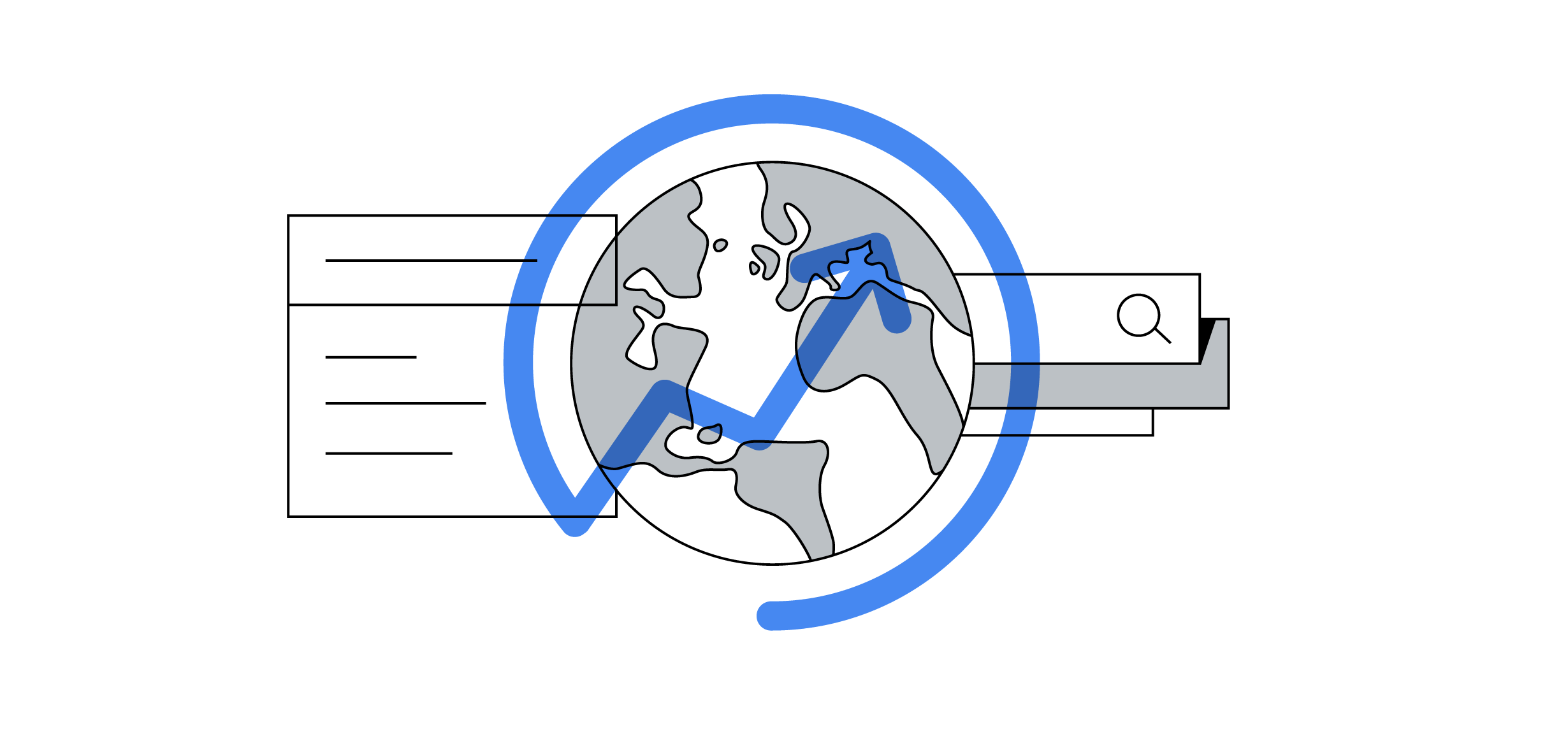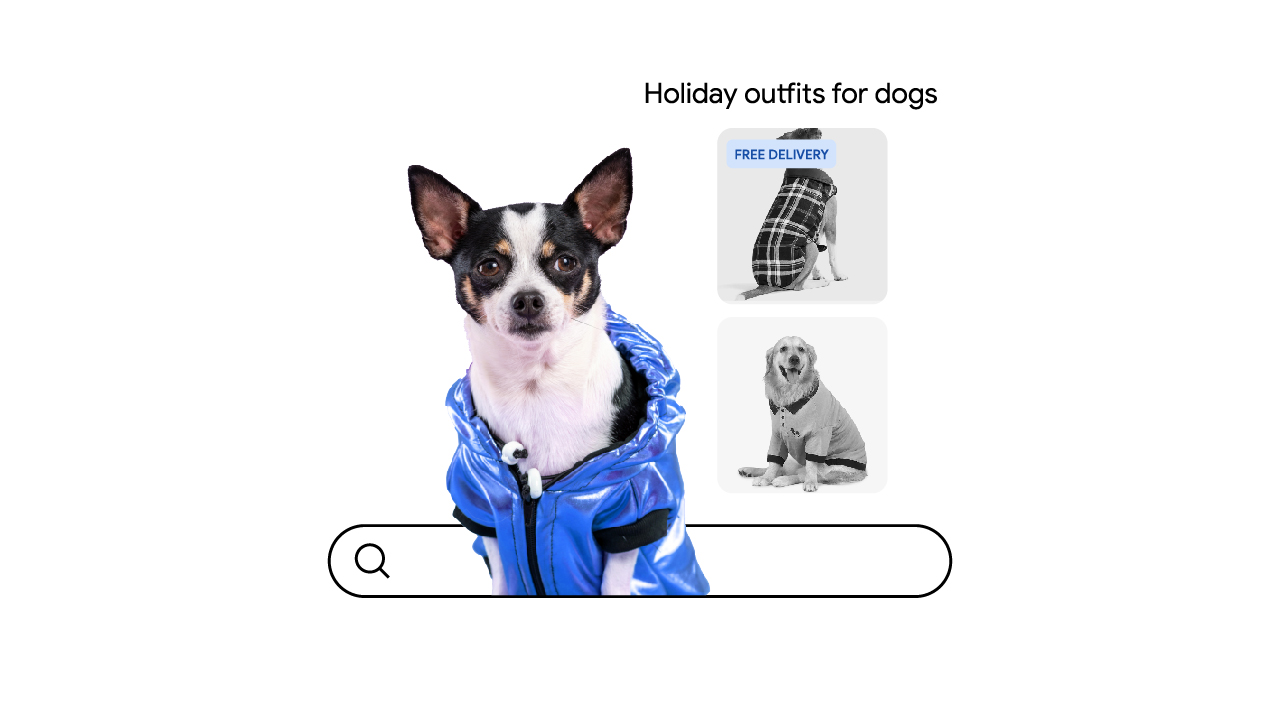At Google, we’ve always believed that experimentation should be a key pillar in any marketing strategy. In these unprecedented times, that’s true now more than ever. Here, Experiment with Google Ads Lead Doris Claesen explains why experimentation is essential for today’s marketers and how business leaders can nurture a test-and-learn mindset across their organizations.
At the pace our environment and consumer behaviors are evolving, it’s become even more challenging for marketers to stay on top of how brands and consumers can connect. As we continue working together to establish a new normal, how can businesses or brands be sure what worked before still holds true?
One way marketers can stay ahead of the curve is through controlled experiments. Continually testing and learning with dimensions such as new channels, creative strategies, and personalized formats to find approaches that work — and, equally important, ones that don’t — is crucial to making future campaign decisions based on proven results rather than opinion.
Continually testing and learning with new dimensions to find approaches that work — and, equally important, ones that don’t — is crucial to making future campaign decisions based on proven results.
To that end, how can business leaders empower and organize their teams to efficiently conduct experiments at scale? And what steps can be taken to foster a culture that puts new learnings and best practices to work?
Since 2018, we’ve set out to understand how our clients can best embrace experimentation as a key pillar in their marketing approach. Here’s what we’ve learned after conducting more than 250 tests with various APAC brands and agencies:
Organization: Centralize versus localize
Running experiments at scale requires a delicate balance. In short, a lot of efforts can be centralized to be more efficient, while each individual experiment should still be continually tailored to surface insights linked to its unique learning objectives.
Start by identifying which steps need to be replicated regardless of the specific goals for each experiment, and create a process or template to avoid as many redundancies as possible. Appointing a program manager who has a full view of your scaled experiments will help ensure everyone else in the organization can easily access and benefit from these centralized efforts.
To make your experiments more collaborative, efficient, and successful, consider these three fundamental steps:
- Set clear responsibilities and expectations across teams
Avoid bottlenecks by assigning who’s responsible for what — from creative production and campaign implementation, all the way up to CMO — and clearly outline agreed-upon timelines and required resources. This offers visibility to all stakeholders and keeps the process flexible and focused. - Create a template as a foundation to scope out each experiment
Regardless of what you’re trying to achieve with each experiment, there are some gold standards of design and execution, like setting the hypothesis, success metrics, and control campaigns versus tests. By building a template to account for these elements before launch, you can avoid making common mistakes while speeding up the entire process. - Keep clean records at every stage
Team transitions and a growing volume of experiments can cause marketers to lose sight of lessons learned. Keeping central visibility of all experiments — past, ongoing, and upcoming — in a centralized pipeline ensures that everyone is able to easily navigate and refer to a single source of truth. Plus, standardizing insights from past experiments and how you capture results will help you track and benchmark the value of your efforts.
Prioritization: Maximize impact and scalability
To determine which experiments you want to add to your pipeline, start by mapping out common challenges across all your work — whether by brand, audience, vertical, or market — and the potential benefits of solving them. A good rule of thumb is whether the learnings can be scaled to inform a better strategy for other campaigns without running more individual experiments.
A good rule of thumb is whether the learnings can be scaled to inform a better strategy for other campaigns without running more individual experiments.
Most experiments will have one of two objectives: optimizing performance or unlocking growth. Testing out different tactics, tools, and strategies, like new ad formats or a more diverse mix of channels, is key to uncovering opportunities to be more efficient while delivering better, more relevant campaigns.
Consider how Maggi used Dynamic Search Ads to make its recipe content more discoverable without overstretching its search budget. Rather than invest in a laundry list of generic keywords, the brand used machine learning to match its search ads’ copy to people’s actual queries and lead them to relevant landing pages. As a result, Maggi’s recipe pages became 600% more visible to the right audiences at the same budget.
Testing out different tools, tactics, and strategies is how marketers can uncover opportunities to be more efficient while delivering better, more relevant campaigns.
In terms of looking for growth opportunities, it’s also common to test out additional or new ad formats and compare their performance with your existing channels. International e-commerce retailer Shein is well-versed on display campaigns, but when the brand ran video ads simultaneously, it drove 50X more organic searches and 5% incremental sales at half the cost. So it’s no surprise the brand is planning to roll out video campaigns in the best-performing regions.
Decathlon, the world’s largest sports retailer, took a similar approach to boost online sales and in-store visits. Considering how many shoppers in Southeast Asia use online video to narrow their options, the brand developed its first-ever video ad campaign in Singapore, creating more than 110 video spots based on its top branded search queries. The personalized video campaigns ended up driving a 175% incremental lift in online sales and 28% more store visits at 64% lower cost.
Capability-building: Nurturing and sharing learnings
Inspiring an experimental mindset requires nurturing a culture that empowers marketers to test out novel ideas without the fear of failure. It’s important to provide a safe space where everyone is encouraged to actively share experiment learnings. Beyond just capturing results, incentivize and encourage your team to be courageous enough to just try, even if they’re unsure of the outcome. Whether the results are good or not so good, every experiment is an opportunity to learn.
Inspiring an experimental mindset requires nurturing a culture that empowers marketers to test out novel ideas without the fear of failure.
A good example is gamifying the exercise, such as getting teams to participate in a Shark Tank-like competition where teams can pitch and present experiments’ results to senior leaders or hold peer-to-peer “behind the case study” sharing sessions.
At Google, we’ve built a library to house all learnings from past experiments, searchable by market, ad solutions, marketing or campaign objectives, brand, industry, and more. This archive has become a great source of knowledge for us internally and is easy to share with clients, especially those who are less leaned in to experimentation. This helps them benefit from the learnings without having to double up on the work. You can also find some standout experiment cases on our Think Hub.
Test, learn, repeat: Embrace the power of experimentation
Conducting individual experiments is a good starting point for marketers to test out ideas before rolling out campaigns at scale. With digital, this can be done with smaller sample sizes or in a shorter time frame before scaling up once stakeholders see the value in doing so. This balancing act is all about diversifying, broadening, and deepening the relevance of each experiment while fostering a “fail fast” internal culture.
In an environment that’s always evolving, constant learning becomes critical to ensure we stay ahead of the curve. Experimentation makes us think about what works, why it works, and what might be done differently, making it an important tool for marketers to keep a pulse on the evolving nature of how consumers interact with brands.






